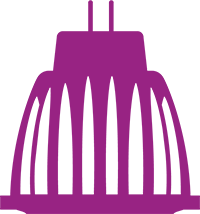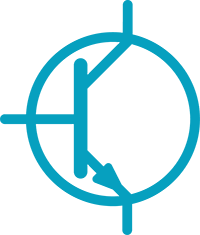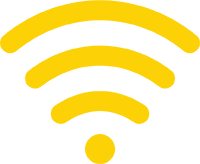Learnings from EDNA's first 10 years
Since 2014 EDNA has helped its 14 member countries to better understand digital technologies. Our extensive research into how policies can both encourage ‘energy smart digital devices’, and minimise the additional energy used to connect devices to the internet, has resulted in more than 60 publications. In this article we look back over our work and extract the key learnings. Links to important EDNA reports and policy briefs can be found throughout the text.
EDNA previously focused on three broad areas: Wasted Energy, Digitalisation and Upstream.
Wasted Energy: energy can be ‘wasted’ when a device is not performing its primary function but is using energy to maintain a network connection.
Digitalisation: smart, energy-saving devices can act independently in order to operate more efficiently, by responding to changing environmental conditions, and by providing ‘demand flexibility’ which involves responding to signals from the grid to increase or decrease activity.
Upstream: connected devices can result in increased data traffic, leading to increased energy use in the data network and in data centres.
These three areas of our work can be seen in this figure, and are discussed in more detailed below.
Our more recent work is available at the Workstreams page.
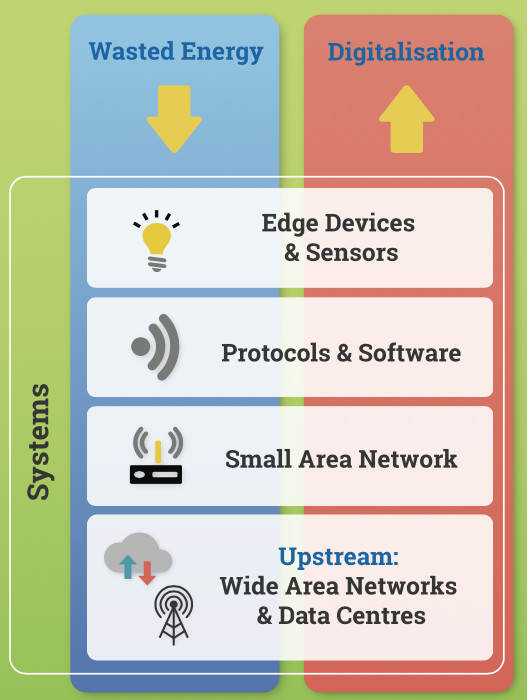
Wasted Energy
Connecting a device to the internet has an energy cost. Each connected device uses energy solely to maintain a ‘network standby’ connection, 24 hours a day. Although for each device this energy can be very small, the current global stock of connected devices is estimated at 25 billion. Hence, by 2030, more than 300 TWh of energy per annum could be wasted, which is equivalent to the electricity consumption of the UK. Note that this does not include the energy used when the device is providing its primary function. EDNA has developed a Total Energy Model, which is a web-based interactive model that policy makers can use to estimate the impacts of device policies in their region.
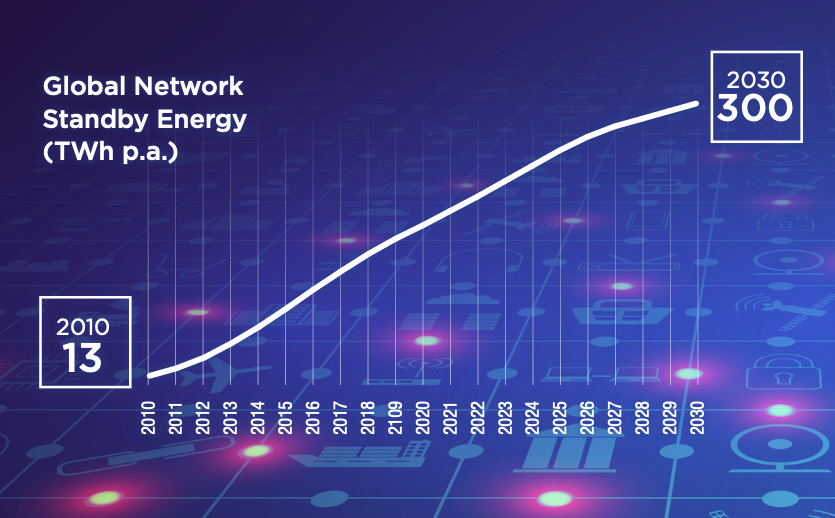
The good news is that there is potential to significantly reduce this wastage, by improving the design of data traffic management, device power management and power conversion, and by adopting appropriate communications protocols and power-saving features within devices. It is also possible to supply the necessary network standby power from ambient energy sources, using energy harvesting technologies. This could result in so-called ‘network zero’ devices.
Whilst all of these techniques are feasible and widely used in mobile, battery-powered devices, when devices are powered from a mains plug, device manufacturers are reluctant to invest the required design time and effort. This is where policies have a role to play.
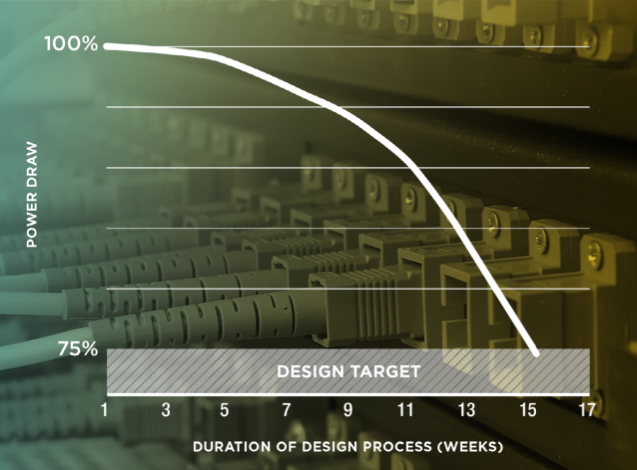
There are several examples of policies designed to reduce network standby power, including the European Union’s Ecodesign regulation, Korean E-standby label, US ENERGY STAR® and voluntary industry agreements in the EU & USA. Although a large number of standards exist, in some cases test procedures for measuring network standby power are lagging the pace of product development. Small network equipment(routers, modems, network extenders, etc.) also consume considerable energy, and there appears to be scope to reduce this.
Other EDNA reports and resources in the area of wasted energy:
- EDNA standards database
- Policy Brief – Small Network Equipment
- Policy Brief – Wireless Charging Energy Use
- Policy Brief – Energy Efficiency of the Internet of Things, Technology & Energy Assessment
- Policy Brief – Networked Audio Products
- Network Connected Audio Products – Measurements and Analysis of Network Standby Consumption
- Electric Vehicle Supply Equipment – Scoping Study
- Own Energy Consumption of Smart Metering Infrastructure and Energy Monitoring Systems – Technical Report
Our more recent work in this area is available here.
Digitalisation
Connected devices have the potential to reduce ‘system’ energy consumption. ‘Energy smart digital devices’ are able to optimise their own performance in order to save energy and to provide ‘demand flexibility’ to the electricity grid, which involves matching device loads to the variability of renewable energy generation.
There are many barriers to the uptake and use of energy smart digital devices. For consumers, such devices are more expensive and more complex to set up and operate. Consumers are not convinced of the benefits and have significant concerns about data privacy and security. Policy approaches to address these barriers include demonstration projects, standardised methodologies to measure benefits, provision of information such as labels, and creation of markets to support new business models for demand flexibility.
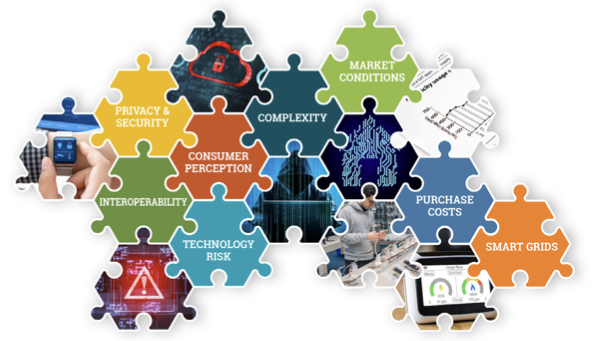
Not all connected devices being sold today are ‘smart’ and not all can save energy. Policies at the device level could help ensure that connected devices become ‘energy smart digital devices’. This would mean encouraging these functions within devices: monitoring the environment and responding accordingly to save energy, reporting the device’s own energy consumption, and responding to signals from outside sources such as the electricity grid.
These kinds of smart energy features could be mandated for IoT devices, in particular targeting devices which use significant energy such as HVAC, water heating, etc. Policies to encourage smart energy features in IoT devices should specify that only open communication protocols be used and that privacy, security and interoperability are addressed. Examples of such policies include ENERGY STAR® and the German Smart-Grid-Ready label.
Given the complex and multi-faceted nature of digitalisation, strategies and roadmaps are useful to co-ordinate policy efforts. Whilst general digitalisation and IoT strategies are common at national and regional levels, very few currently cover energy.
Other EDNA reports and resources in the area of digitalisation:
- EDNA standards database
- Policy Brief – Emerging Battery Technologies
- Policy Brief – Energy Applications within IoT and Digitalisation Strategies
- Policy Brief – Roadmap for Consumer Devices to Participate in Demand Flexibility
- Policy Brief – Policy Guidance for Energy Smart Digital Devices
- Retrofitting Connectivity for Energy Benefits
- Policy Brief – Intelligent Efficiency: Smart Home
- Policy Brief – Energy Aware Devices
- Emerging Battery Technologies
- Encouraging Intelligent Efficiency – Study of Policy Opportunities
Our more recent work in this area is available here.
Upstream
As they are connected to the internet, connected devices also cause increased energy use ‘upstream’ in data transmission networks and in data centres. There has been an enormous increase in internet data throughput in recent years, with global internet traffic increasing 25-fold since 2010. However the overall energy consumption has remained relatively stable, largely due to the introduction of efficient technologies such as hyper-scale data centres and 5G telecommunications. However it is important, as data throughput continues to increase, that this efficiency trend continues and that older technologies are rapidly replaced.
In this regard, policy and metrics for data centres is one area where there is considerable scope for advancement. Related to this, the energy used for cryptocurrency mining is on an exponential trajectory, and now exceeds the electricity consumption of the Netherlands. Addressing the cause of this energy consumption – ‘proof of work’ – is challenging but has recently become the focus of several policy makers.
Other EDNA reports and resources in the area of data transmission networks and data centres:
- Policy development on energy efficiency of data centres
- EDNA Total Energy Model
- Policies for Data Centre Energy Efficiency: Scope, Trends and Availability of Data
- Data Centre and Server ‘Idle Coefficients’
- Intelligent efficiency for data centres & wide area networks































